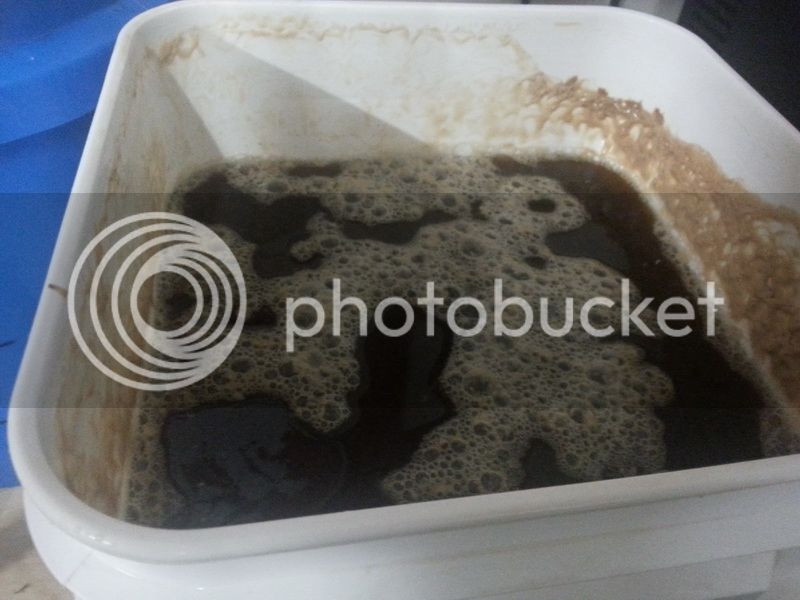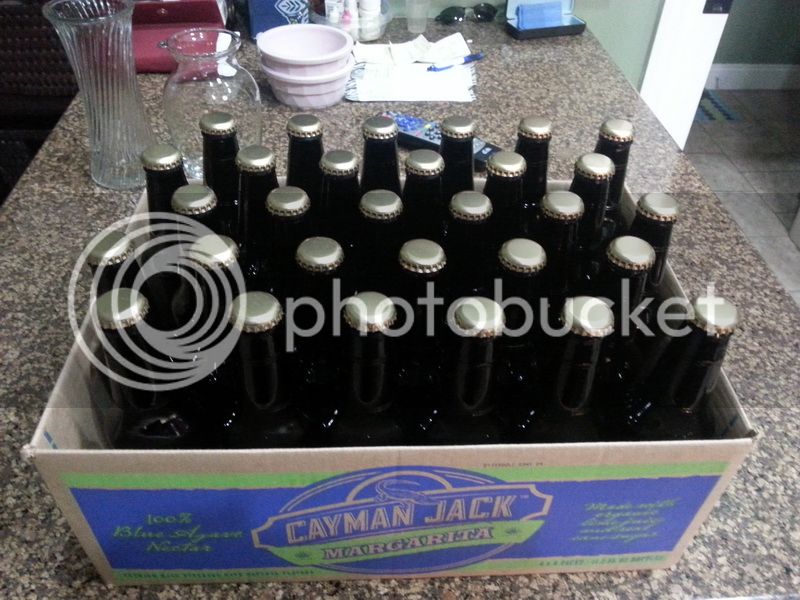dstockwell
Well-Known Member
- Joined
- Jul 19, 2015
- Messages
- 994
- Reaction score
- 139
Everything seemed to go smooth, hit all the timers. Now for the bad, efficiency was terrible what should have been 1.057, ended up 1.042. I contemplated grinding a little finer in the food processor before hand, but since this was my first brew decided not to.
My little corner in the garage.
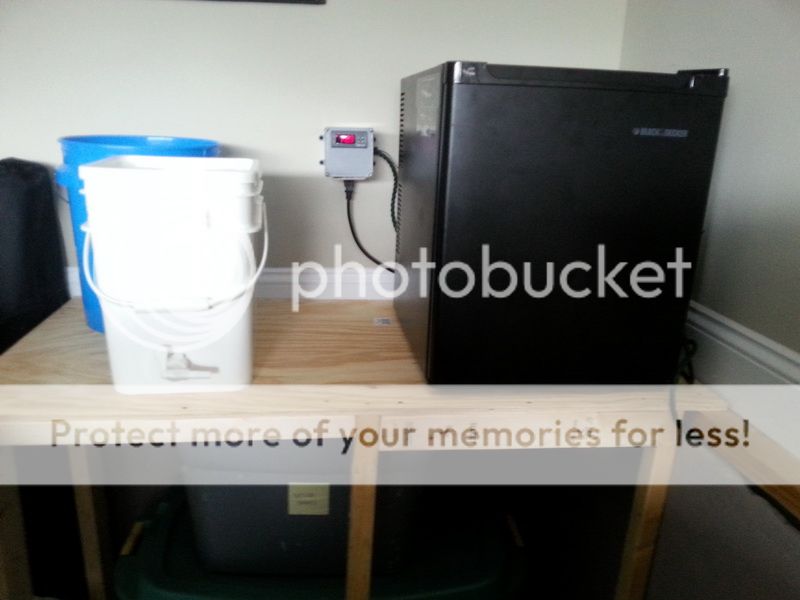
Misc pics
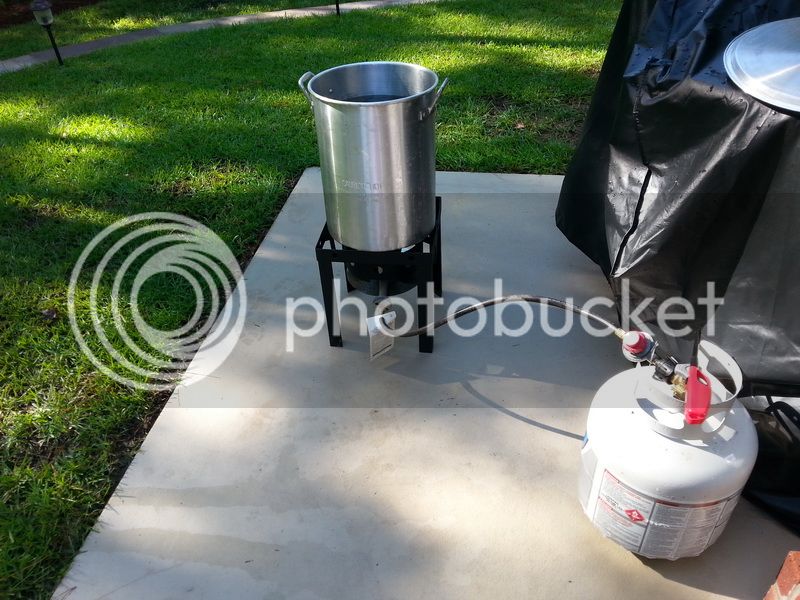
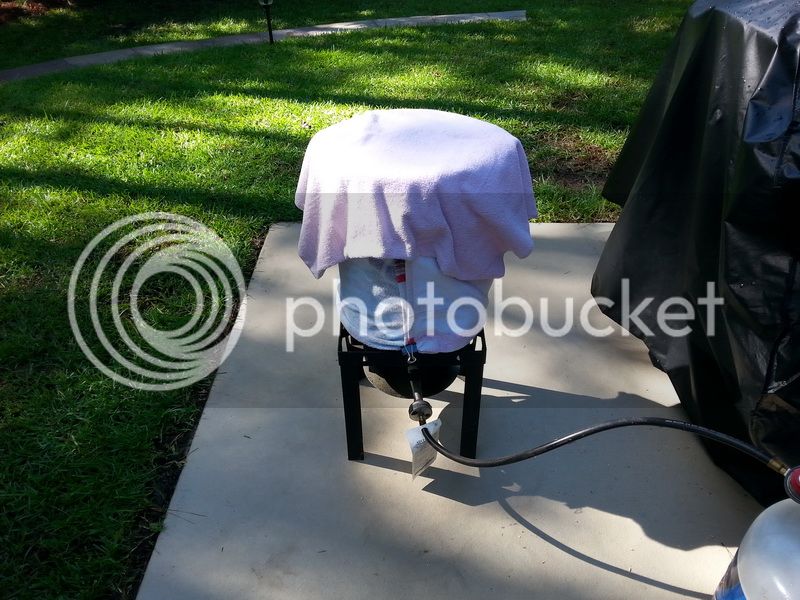
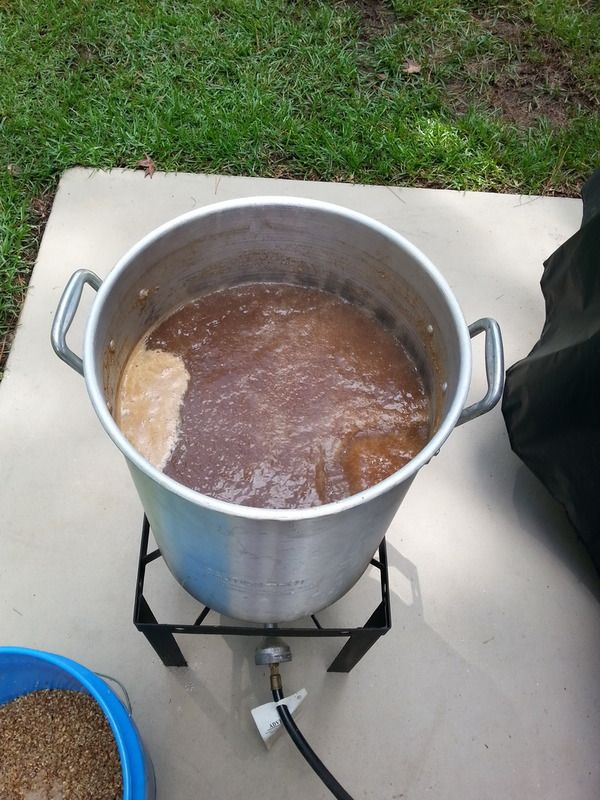
Whirlfloc doing it's job ?
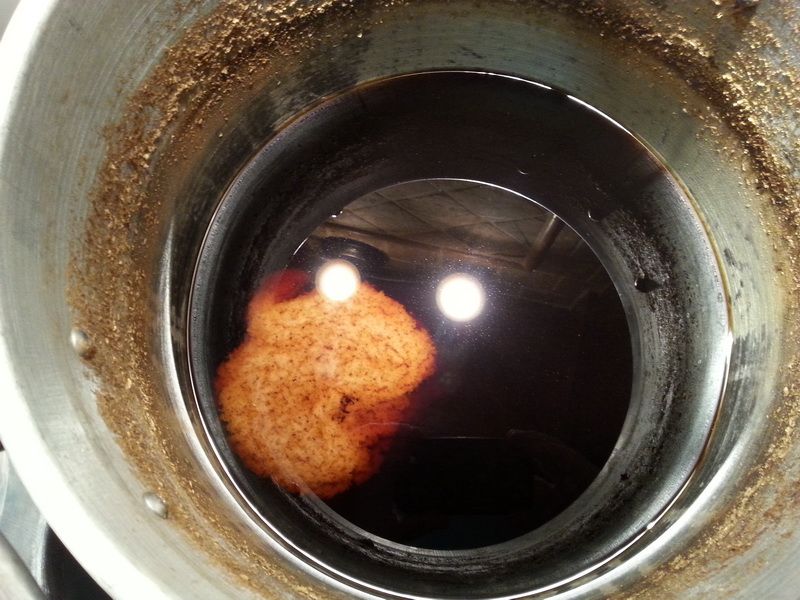
Looks pretty clear to me, just low O.G.
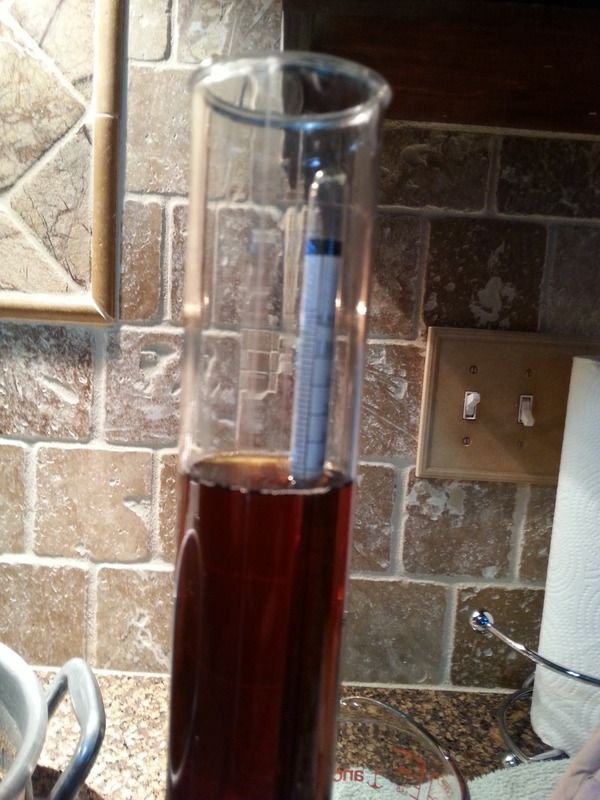
My little corner in the garage.

Misc pics



Whirlfloc doing it's job ?

Looks pretty clear to me, just low O.G.



